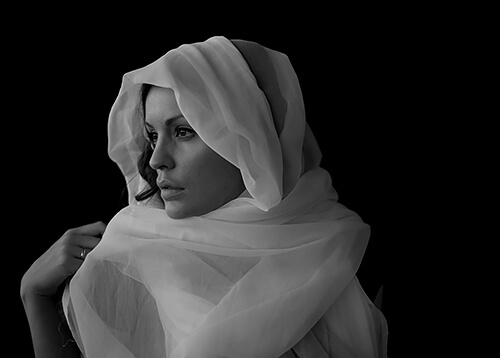"I grew up in a small town outside of Oslo, and started photography when I was a teenager. My father bought me my first camera when I was seventeen, and I immediately knew that I wanted to become a photographer. Writing was one of my passions in this period of my life, but I also was searching for a way to express myself visually. I had no talent for either painting and drawing, so photography naturally became the right medium for me.
Unfortunately I dropped out of high school, but was lucky enough to be offered an internship as a photographer in the local newspaper. I learned a lot during this period, but I quickly discovered that I was most drawn to the field of fine art photography rather than photo journalism.
After about six moths in the newspaper I started to study fine art photography under professor Robert Meyer at Robert Meyer Kunsthøgskole in Oslo, and I have been a fine art photographer ever since.
In 2014 I traveled to Charleston, South Carolina to work on my first book together with photographer and professor, Jose' Escobar. He discovered my work on Flickr, and asked if I wanted to collaborate on a book project. The book is called 'Between Intervals' and is a visual representation of conditions people suffering from mental illness can experience. My work has also been shown both in solo and group exhibitions in Oslo, Norway."
